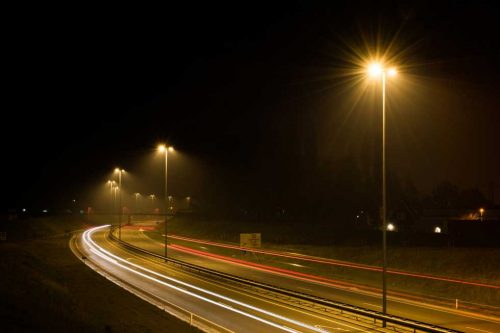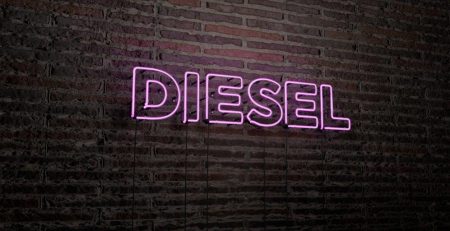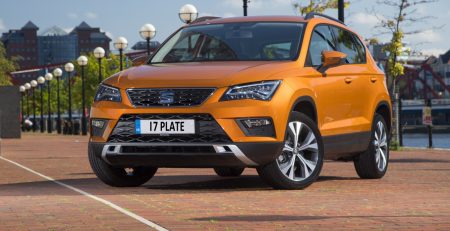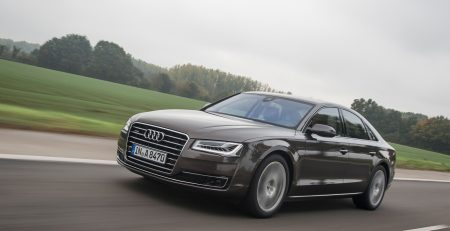London announced a T-charge from late 2017 for Euro 4 (EU4) vehicles, while Stuttgart banned Euro 5 too. Will London step u read more
Autumn Statement for Car Owners
What will the Autumn Statement mean for Car Owners?
Earlier today (23 November) Philip Hammond announced the 2016 Autumn statement. It is his first budget since taking over from former Chancellor, George Osbourne.
The Autumn Statement was perhaps more important this year. It was Philip Hammond’s first, and the change of cabinet combined with Brexit has made all-the-more it more integral.
Fuel Duty
Fuel duty was frozen, meaning that the planned 2p-per-litre hike will no longer happen. Motorists will save an average of £130 per year thanks to this.
However, Insurance Premium Tax goes up by 2% on all insurances in June 2017. This obviously includes car insurance.
The 2% insurance premium tax rise will take over £200m from vehicle insurance, using data provided by the ABI (Association of British Insurers). This compares to £845 million given up from the fuel duty freeze, assisting businesses and drivers covering higher mileages.

Company Car Tax (CCT)
A major company car shake up will see current benefits of most salary sacrifice schemes disappear for cars bought after April. From then, most salary sacrifice schemes will be subject to the same tax as regular salaries from April next year. This will have a major impact on salary sacrifice car schemes, particularly the 75-120g cars bought by those paying 20% income tax. Companies running the schemes will lose the ability to avoid 13% employers' NIC on the spend. Ultra Low Emission Vehicles (ULEVs) are the only cars exempt from this, so are expected to see a surge in demand. This is a move designed to to encourage the purchase and innovation of new technologies. ULEVs will be classed as cars with emissions below 75g Co2/km.
Company car tax bands for schemes remaining as Benefit in Kind will step up by 1% in 2020, and new, lower bands will be introduced for ULEVs.
The good news is, all arrangements in place before April next year will be protected for up to four years. If you're quick, and your company offers a scheme like this, you can still get the current rate.
It is possible that the new VED rate (coming in April 2017) will now prove even more important, as more people seek to buy cars outside of their company.
Technology
Interestingly, £390 million has been set aside for future transport technology. This includes renewable fuels, energy efficient transport, and even driverless cars!
- £100 million to be invested in driverless cars
- £150 million towards (at least) 550 electric and hydrogen buses
- £80 million towards installing more charging points for plug-in cars
There will also be a new tax break for businesses who invest pre-tax profits into charging points - so expect to see more of these spring up.
Infrastructure
£1.1 billion will go towards road improvements and improving congestion with as much as £220 million set aside to alleviate ‘pinch points’ (places where congestion occurs regularly) and improve road safety.
The recently approved expressway linking Cambridge, Milton Keynes and Oxford has 27 million set aside for it. Hammond commented previously that so much has been set aside for improving roads and infrastructure because they are at the heart of what makes communities work.
All in all
While this by no means good news for employees, employers or the automotive industry, it is not as dramatic as it could have been. There is still an option available in the form of a low emission vehicle. Also, those on current schemes or who take one out before April next year will get the current rates until 2020. For more information, you can see a complete list of changes here.




